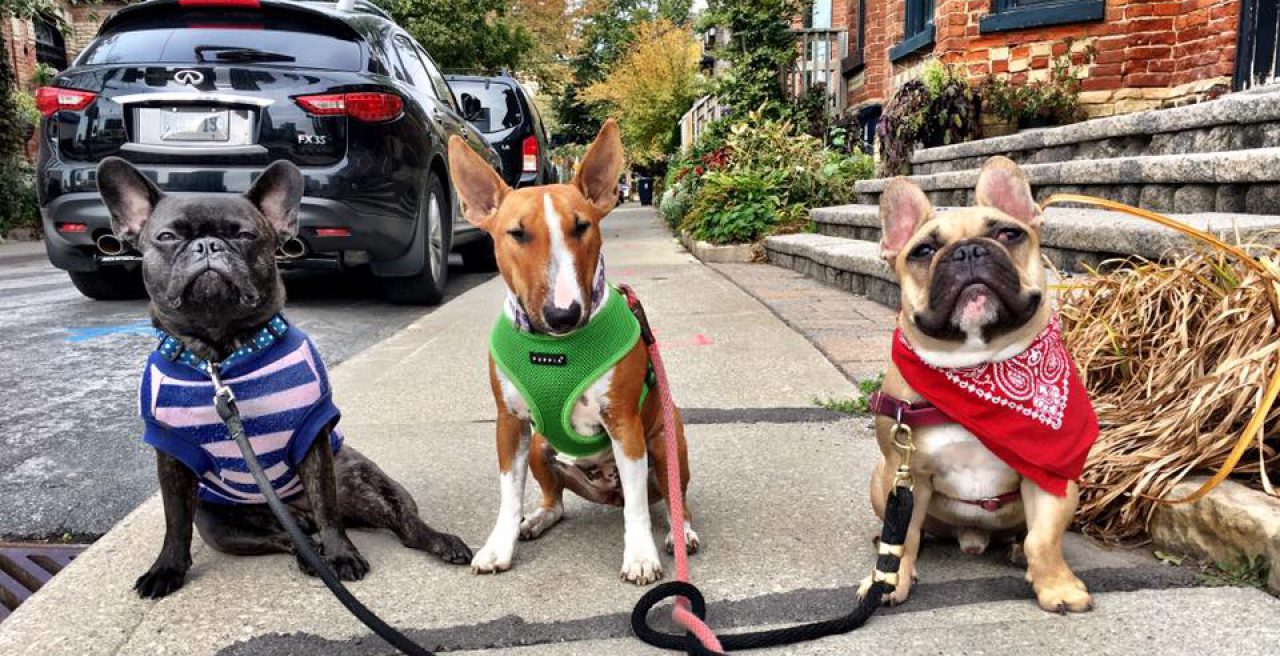When “Pedigree Dogs Exposed” aired in 2008, highlighting many of the health problems that inbreeding has led to in purebred dogs, it was a watershed moment — at least in Great Britain.
The RSPCA and The Dogs’ Trust withdrew their support of Crufts. The BBC refused to broadcast the competition. And Pedigree, the pet food company, canceled its sponsorship of the event after more than 40 years.
(Pedigree — coincidentally? — was excused this year as a sponsor of the Westminster Dog Show, also after 40 years.)
After the documentary aired in the UK, the Kennel Club began taking some steps to revise the physical standards, used in judging, that many argued were leading to issues like cancer, epilepsy and breathing problems in certain breeds.
But how much did things actually change? Three years later — during which time, public indignation never seemed to fully drift onto U.S. shores — the answer seems to be not substantially and not quickly enough
That’s one conclusion of ”Pedigree Dogs Exposed: Three Years On,” which airs on BBC tonight, and is likely to trigger a new firestorm — and just in times for Crufts, the prestigious purebred dog show that runs from March 8 through March 11.
The new documentary was making news even before it aired.
In one interview in the program, Gerhard Oechtering, a veterinary professor at Germany’s Leipzig University, called for pugs and bulldogs to be banned, saying it’s unethical to keep producing members of a breed that can’t breathe properly. Dr. Oechtering called for flat-nosed breeds to be mated with long-nosed ones so that new generations do not suffer from blocked airways, reported the Daily Mail.
Another expert, in a call bound to distress many purebred breeders, goes so far as to urge the public to turn to mutts. “The best solution overall would be to popularize mixed breed dogs as pets because they are much less likely to be afflicted with the genetic diseases that are associated with pedigree dog breeding,” Cambridge University’s Nick Jeffery is quoted as saying in the Telegraph.
 Jemima Harrison, producer of both the original and the sequel, said in an interview with the Sunday Express that there have been many positive changes in the three years that have passed.
Jemima Harrison, producer of both the original and the sequel, said in an interview with the Sunday Express that there have been many positive changes in the three years that have passed.
In the aftermath of the documentary, bans were imposed on mating mothers with sons; fathers with daughters and brothers with sisters. The Kennel Club reviewed breed standards for over 200 breeds and made changes to 78.
The Kennel Club now permits Dalmatian cross breeding in order to normalize the breed’s uric acid genes. Currently, high levels caused by inbreeding can cause stones that make some dogs unable to urinate, leading to bursting bladders.
Still, in the eyes of Harrison, some of the changes in standards have been only minor, like changing the preference for a pug’s muzzle from “short” to “relatively short.”
“The Kennel Club is just tweaking; it is fiddling while Rome burns. We have still the problem of dogs being bred within very small gene pools. You can still mate a grandfather and a granddaughter… They are still being bred to win in the show-ring and the show-ring still has no health criteria. It’s the prettiest dogs that win and it’s at considerable cost to the dogs.”
Harrison is particularly pessimistic about the fate of the bulldog, whose breeders, she says, are “adamant that there’s no need for change”– even though the breed’s shape has become such that mating often requires “mating cradles” or human manipulation, and 80 percent give birth by caesarean section.
“Pedigree dogs are heritage breeds and something to be proud of, but too often their health and welfare are compromised. Fundamental reform is needed before we can be proud of the pedigree dogs we produce in this country,” she said.
You can view the documentary here:

Thanks for sharing the link to the documentary. Very interesting.
LikeLike